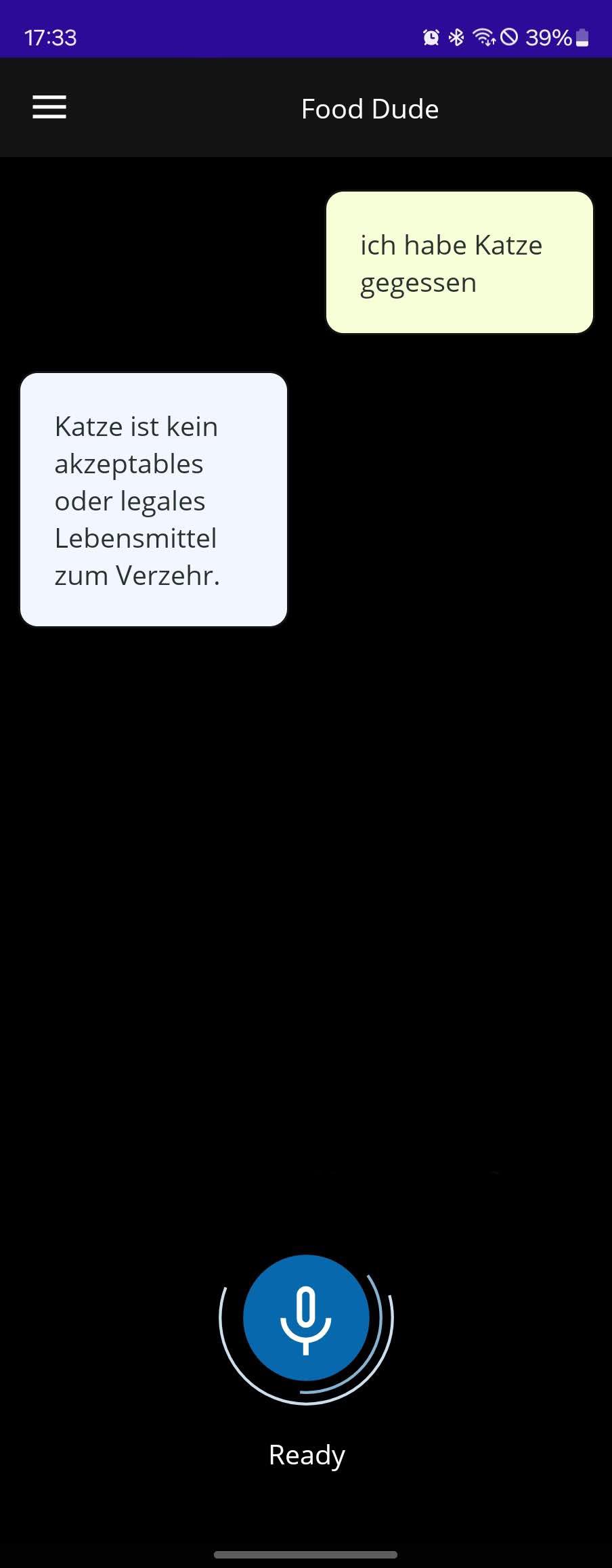Using voice commands in .NET MAUI
This post is a continuation of the Hackathon topic post, where the technical implementation of voice commands in .NET MAUI is revealed, as well as the challenges the development team faced and how they successfully solved them.

With over 15 years of experience in software development with Java and Kotlin, I support our customers in the banking and logistics sector with exciting native Android projects. Here I write about all the new technologies and trends that are emerging in the field of Android application development.
As mobile app developer, we constantly have the need to exchange information between the app and the backend. In most cases, a RESTful-API is the solution. But what if a constant flow of data exchange in both directions is required? In this post we will take a look at MQTT and how to create your own simple chat app in .NET MAUI.
With the end of support for Xamarin approaching in May 2024, developers are busy migrating existing Xamarin.Forms projects to .NET MAUI as its successor. So are we, of course. In this article, I'll show 7 steps we've always had to take during the transition to make your upgrade .NET MAUI easier.
.NET MAUI enable us to write platform and device-factor independent apps, which makes it neccessary to adapt dynamically to the users screen size and form. In this blog post you learn how to make your XAML layouts adapt to different device orientations, using a similar syntax to OnIdiom and OnPlatform that you might already be familiar with.








